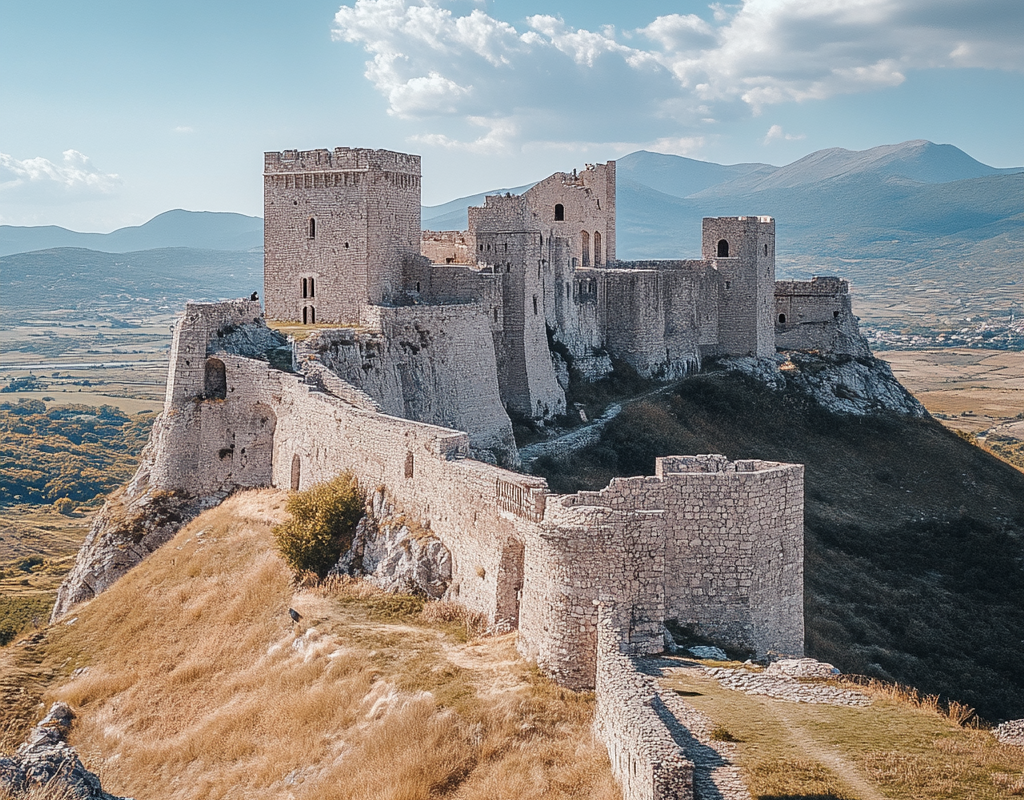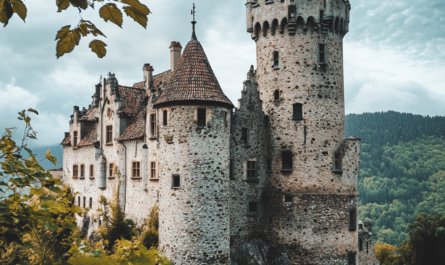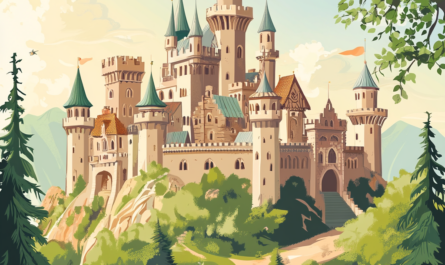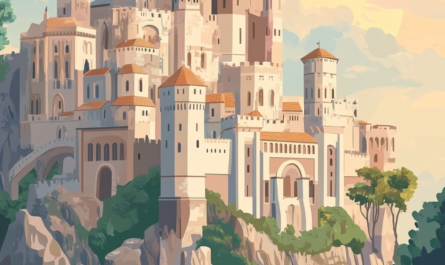Europe’s castles are more than just architectural wonders; they are living relics of history, culture, and artistry. Towering above scenic landscapes, these structures tell tales of bravery, ambition, and grandeur. From the icy peaks of Scotland to the sunny valleys of France, Europe’s castles offer a journey into the past, allowing us to walk in the footsteps of kings, queens, and legendary knights.
These castles were not merely fortresses but also vibrant hubs of political and social life. They played pivotal roles in shaping nations, hosting historic events, and guarding treasures. For centuries, they stood as symbols of power and prestige, their imposing walls guarding the secrets of generations.
The Birth of Castles: Origins and Evolution
The concept of castles in Europe can be traced back to the early medieval period, around the 9th and 10th centuries. As feudalism took root, lords and nobles needed fortified residences to assert control and protect their territories. These early castles were primarily wooden motte-and-bailey structures, strategically positioned on hills or near water sources for defense. Over time, stone replaced wood, marking the advent of more enduring and formidable designs.
By the 12th century, the architectural sophistication of castles had grown significantly. Massive stone walls, moats, and keep towers became standard features. These castles were not just defensive strongholds but also administrative centers, overseeing trade and governance in their regions. Castles like Dover in England and Château de Falaise in France exemplify this era, reflecting a blend of practicality and emerging artistry.
The Renaissance brought a shift in the function and design of castles. With advancements in warfare, such as gunpowder and cannons, traditional defensive features became obsolete. Castles evolved into palaces, emphasizing aesthetic grandeur over military utility. This transformation marked the beginning of structures like the Château de Chambord in France, which showcased the fusion of medieval robustness with Renaissance elegance.
Architectural Marvels: The Unique Designs of Iconic Castles
Europe’s castles are as diverse as the landscapes they adorn, with each structure reflecting the era and culture in which it was built. One of the most iconic examples is Neuschwanstein Castle in Germany. This 19th-century fairy-tale fortress, commissioned by King Ludwig II, epitomizes Romanticism with its soaring turrets, dramatic mountain backdrop, and otherworldly charm. It is said to have inspired Walt Disney’s Cinderella Castle, cementing its place in popular imagination.
In stark contrast, Edinburgh Castle in Scotland reflects a rugged, defensive style, perched atop a volcanic rock. Its design prioritizes functionality, with towering stone walls and narrow windows for archers. As a historic military stronghold, it has witnessed countless battles, including the Wars of Scottish Independence, and remains a testament to resilience.
Meanwhile, the Palace of Versailles in France represents the zenith of opulence. Originally a hunting lodge, it was transformed into a sprawling palace under Louis XIV. The symmetrical gardens, lavish interiors, and Hall of Mirrors make it a masterpiece of Baroque architecture, embodying royal extravagance and artistic sophistication.
Legends and Myths: Stories That Shaped Castles’ Histories
Behind the walls of Europe’s castles lie tales that blur the line between history and legend. Bran Castle, often associated with Dracula, is one of the most famous examples. While its connection to Vlad the Impaler is tenuous, the castle’s Gothic aura has fueled countless stories of vampires and dark mysteries.
In Ireland, Blarney Castle is home to the famous Blarney Stone. Legend has it that kissing the stone grants the gift of eloquence. Pilgrims and adventurers from across the world have braved the perilous climb to kiss the stone, adding their own chapters to this enduring tale.
In Germany, the Brothers Grimm drew inspiration from castles like Sababurg, known as the “Sleeping Beauty Castle.” These legends and folktales, passed down through generations, have immortalized castles as settings for epic adventures, romances, and magical encounters, weaving myth into reality.
The Castles of Power: Royalty and Nobility’s Strongholds
Castles were more than just homes; they were symbols of power and control. During the Middle Ages, they served as the administrative and military headquarters of lords and kings. Windsor Castle in England, for example, has been a residence of British royalty for over 1,000 years, making it the oldest and largest inhabited castle in the world.
The grandeur of castles like Versailles wasn’t just about luxury—it was a display of dominance. Louis XIV used the palace as a tool to centralize power, drawing nobles away from their regions to live under his watchful eye. This political strategy reinforced the monarchy’s authority while showcasing its cultural and artistic supremacy.
In Eastern Europe, Kraków’s Wawel Castle served as the coronation site for Polish kings, embodying the union of church and state. These castles were centers of diplomacy, where alliances were forged, and treaties signed. They were, quite literally, the heart of nations in their time.
Summary List: Key Takeaways
- Castles evolved from wooden fortifications to architectural masterpieces.
- They served as defensive strongholds, administrative hubs, and royal residences.
- Each castle is a repository of myths, legends, and historical milestones.
Finally, we recommend that you read our other article, in which we talked about the luxury services offered in castle hotels.
FAQ
Castles were initially constructed for defense and to assert control over territories during feudal times.
It symbolizes Romanticism and has inspired countless works, including Disney’s Cinderella Castle.
Advancements in warfare made traditional defenses obsolete, prompting the evolution of castles into palaces focusing on luxury and artistry.




